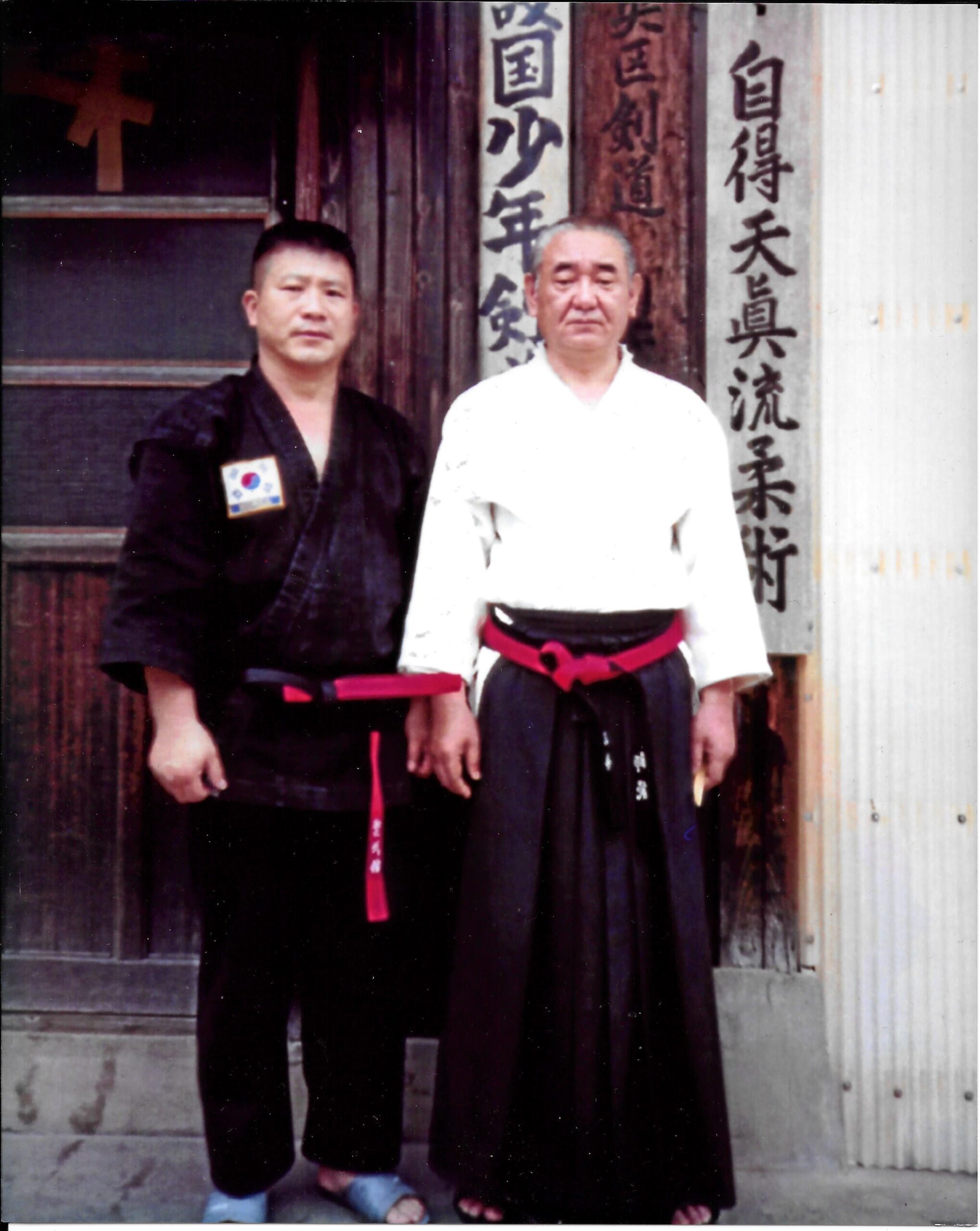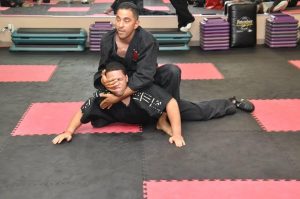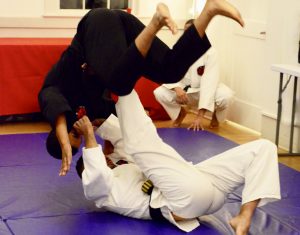The Martial Art of Jujutsu, revered for its strategic grappling techniques, holds a storied place in the annals of Japanese combat traditions. As we trace the lineage of traditional Jujutsu schools or “Ryu,” we uncover a tapestry woven with the threads of history, philosophy, and the evolution of combat. These schools are not mere institutions of learning; they are custodians of a legacy that has shaped not only the martial arts world but also the cultural fabric of Japan.
The Genesis of Jujutsu – Jujutsu, often spelled as ‘jujitsu’ or ‘jiu-jitsu,’ emerged during the feudal era of Japan, a time when the warrior class – the samurai – reigned supreme. The art was developed to combat enemies too close for weapons to be effective. This system of throws, joint locks, and strikes became a vital aspect of the samurai’s arsenal, an art that could turn the tide of close-quarter battles where swords could not be
drawn.
The Classical Schools: A Legacy Carved in Time – The classical schools of Jujutsu, known as Koryu Bujutsu, date back to the 15th century and beyond. Each ryu was often characterized by a particular set of techniques or a philosophy imparted by its founder. Some of the most renowned classical ryu include:
Takenouchi-ryu – Established in 1532 by Takenouchi Hisamori, Takenouchi-ryu is perhaps the oldest recorded Jujutsu koryu. It is renowned not only for its grappling techniques but also for its comprehensive combat system, which includes weapons training. This school emphasizes the principle of ‘ju,’ or ‘gentleness,’ exploiting an opponent’s force against themselves.
Daito-ryu Aikijujutsu – Famed for its influence on the development of Aikido, Daito-ryu focuses on joint manipulation and off-balancing techniques. Takeda Sokaku popularized it in the late 19th century, although its roots are claimed to stretch back hundreds of years prior.
Tenjin Shin’yo-ryu – Merging two older schools, Tenjin Shin’yo-ryu became one of the leading Jujutsu styles in Tokyo during the Edo period. It is particularly noted for its atemi-waza (striking techniques) and had a significant influence on the development of Judo. The transformation and evolution of Jujutsu in the Meiji Restoration of 1868 marked a pivotal turn for martial arts in Japan. The martial arts faced a period of redefinition, with the samurai class abolished and carrying swords outlawed. Jujutsu, adaptable and ever-evolving, found new life.
The Birth of Judo – Jigoro Kano, a practitioner of Tenjin Shin’yo-ryu and other Jujutsu forms, recognized the need for a martial art that could be practiced as a sport and a self-improvement method. In 1882, he founded Kodokan Judo, distilling Jujutsu techniques into a system that could be safely practiced and incorporated
into educational curricula.
Birth of Brazilian Jiu-Jitsu – The early 20th century saw Jujutsu take root in Brazil, where it was adapted and evolved into Brazilian Jiu-Jitsu (BJJ). Mitsuyo Maeda, a Kodokan Judo expert, was instrumental in this dissemination. The Gracie family refined the art, focusing on ground fighting and submission, a cornerstone of mixed martial arts (MMA) today.
The Spread of Jujutsu martial arts to the United States – The spread of Jujutsu to the United States marked the genesis of what we now know as Brazilian Jiujitsu (BJJ). In the early 20th century, Japanese Jujutsu practitioners introduced their combat techniques to an eager American audience. This cultural exchange ignited a transformative journey, giving birth to Brazilian Jiu-Jitsu, a dynamic martial art emphasizing ground fighting, leverage, and the concept that technique could triumph over brute strength. From these historical roots, BJJ has blossomed into a global phenomenon, impacting self-defense, sports, and mixed martial arts.
The Spiritual and Cultural Dimensions – Beyond the physicality of the techniques, the traditional ryu of Jujutsu are steeped in spiritual and cultural dimensions. The practice was not solely for combat effectiveness but also for the development of character. Bushido, the way of the warrior, with its emphasis on honor, discipline, and moral behavior, was inextricably linked with the teaching of these ancient schools.
Preserving the Ancient Ways – In the modern era, there is a dedicated movement to preserve the classical ryu of Jujutsu. These schools offer a window into the past, allowing practitioners to connect with the martial lineage and ethos of the samurai. The techniques and kata (pre-arranged forms) are preserved and practiced with the same rigor and intent as centuries ago.
The Legacy Lives On – The ryu of Jujutsu has branched out into numerous modern martial arts, each carrying a spark from the forge of these ancient traditions. The principles of balance, leverage, and the efficient use of energy remain as relevant today as they were on the ancient battlefields of Japan. Exploring the roots of traditional Jujutsu is more than a historical inquiry; it is a journey of understanding the depth and breadth of a living tradition. Each school, with its unique techniques and teachings, contributes to a larger story of martial prowess, cultural heritage, and personal development. As we step onto the mat to practice the age-old techniques, we are not just learning how to defend ourselves; we are becoming part of a living history that has weathered the tests of time, war, and cultural shifts. We are, in essence, engaging with history itself, ensuring that the legacy of the classical Jujutsu schools endures for generations to come.




